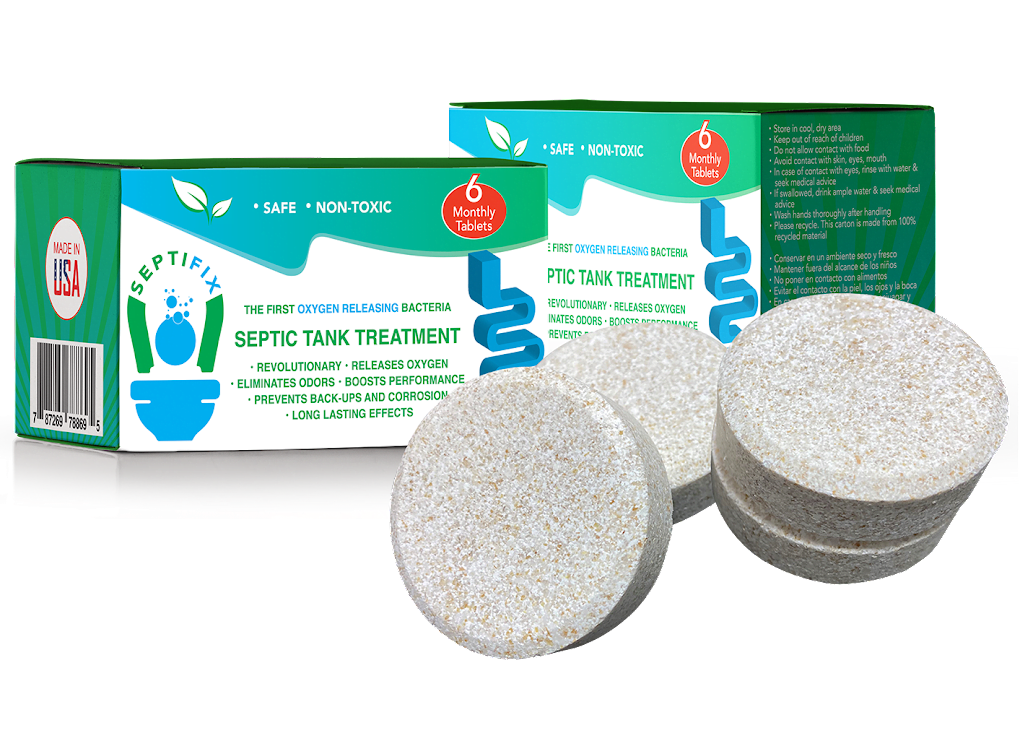How does a septic tank work?
When one thinks of modern waste management in areas distanced from urban infrastructures, the septic tank emerges as an indispensable player. Serving as a vital element of the broader septic system, the septic tank is responsible for the preliminary treatment of wastewater originating from residential and commercial establishments. Unlike the vast, intricate networks of municipal sewer systems, septic tanks champion the principle of simplicity. They harness natural, biological decomposition processes to mitigate and treat sewage, reducing environmental hazards and ensuring that the water returned to the environment is cleaner and less harmful. In understanding the essence of a septic tank, we unravel the brilliance of leveraging nature’s own mechanisms for sustainable waste treatment. But how does a septic tank work exactly? Look at this picture:

Origins and Evolution:
The concept of a septic tank is not particularly new. Over the years, as human settlements expanded beyond bustling city centers, the need for an effective, decentralized wastewater solution became evident. The septic tank was the ingenious answer to this demand. Evolving in design and material over the decades, modern septic tanks are more efficient and eco-friendly, reflecting advancements in our understanding of biology and engineering.
A Natural Bio-reactor:
At its core, a septic tank operates much like a natural bio-reactor. It creates an environment where anaerobic bacteria thrive. These microorganisms feed on the organic material present in the wastewater, breaking it down into simpler compounds. This natural degradation process not only reduces the volume of solid waste but also neutralizes many harmful pathogens and contaminants.

SEPTIFIX will save you hundreds, if not thousands of dollars each year, because your septic system will run smoothly and you won’t have to worry about calling the pumpers or a plumber for a fix!
Click here to save up to 50%
Beyond Just Storage:
While it might be tempting to view the septic tank merely as a holding chamber for waste, it’s far more dynamic in its function. Within its confines, a series of complex biochemical reactions occur, each contributing to the transformation of raw sewage into a more benign effluent. This preliminary treatment is essential, preparing the wastewater for further refinement in subsequent stages of the septic system.
Here’s a step-by-step explanation of how does a septic tank work:
- Collection of Wastewater: The process begins when wastewater from toilets, sinks, showers, and other household fixtures is flushed or drained from the building. This wastewater contains various solids, organic matter, and pathogens.
- Inlet Pipe: The wastewater flows through an inlet pipe into the septic tank. This pipe is usually located at the top of the tank and is designed to prevent the incoming sewage from disturbing the settled solids in the tank.
- Settlement: Inside the septic tank, the wastewater undergoes a natural separation process. Heavier solid particles, such as sludge and other debris, settle to the bottom of the tank. This forms a layer of solid material called the sludge layer.
- Floating Layer: Lighter materials, such as grease and oils, rise to the surface and form a layer known as the scum layer. These materials are less dense than water and float on the wastewater surface.
- Clarification: The middle layer of the septic tank is relatively clear liquid, referred to as effluent. This liquid is relatively free of solids and undergoes further treatment before it exits the tank.
- Anaerobic Digestion: Inside the septic tank, anaerobic bacteria play a crucial role in the treatment process. These microorganisms break down and digest the organic materials present in the sludge and scum layers. This digestion process helps reduce the volume of solids and break down harmful pathogens.
- Retention Time: The sewage remains in the septic tank for a certain period, often around 24 to 48 hours. During this time, the digestion process continues, and the effluent becomes clearer and less contaminated with solids.
- Effluent Outlet: The relatively clarified effluent exits the septic tank through an outlet pipe, which is usually located near the bottom of the tank. This pipe is designed to draw effluent from the clearest part of the tank to minimize the discharge of solids.
- Distribution to Drainfield: The treated effluent is then discharged into a drainfield, also known as a leach field or absorption field. The drainfield is a network of underground pipes or chambers buried in soil. It allows the effluent to gradually percolate into the soil, where further natural treatment occurs.
- Soil Filtration and Treatment: In the drainfield, the effluent undergoes additional treatment as it passes through the soil. Beneficial soil bacteria and microorganisms further break down any remaining contaminants and pathogens. The soil acts as a natural filter, removing impurities and purifying the water.
- Final Disposal: After passing through the drainfield, the treated wastewater is released into the surrounding soil and eventually re-enters the groundwater or surface water, usually in a safe and environmentally friendly manner.
Enough input for yur question “How does a septic tank work?” Let’s summarize: Regular maintenance of the septic system, including periodic pumping to remove accumulated solids from the septic tank, is essential to ensure its proper functioning and prevent system failure or contamination of the environment. The frequency of pumping depends on factors like tank size, household size, and water usage patterns. It’s crucial to follow local regulations and guidelines for septic system maintenance and inspection.
Picture from Wikipedia: Septic Tank


